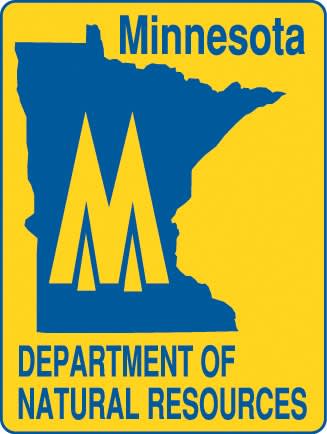Minnesota Bird Die-Offs Under Investigation
OutdoorHub 08.07.12

Hundreds of double-crested cormorants and ring-billed gulls on Pigeon Lake in Meeker County and Minnesota Lake in Faribault County have died from an avian virus suspected to be Newcastle disease, according to the Minnesota Department of Natural Resources (DNR).
Final laboratory test results are expected later this month, said Erika Butler, DNR wildlife veterinarian.
As of last week, an estimated 700 cormorants, 100 pelicans and a small number of gulls, herons and egrets had been found sick and dead at Pigeon Lake, which is near Litchfield in west-central Minnesota. Fewer than 100 birds were affected at Minnesota Lake.
Newcastle disease is a viral disease that most commonly infects cormorants, but also affects gulls and pelicans. Clinical signs of infection in wild birds are often neurologic and include droopy head or twisted neck, lack of coordination, inability to fly or dive and complete or partial paralysis. Juveniles are most commonly affected.
Additional bird die-offs have been reported this summer on Leech Lake, Lake Vermilion and the Ontario, Canada, side of Rainy Lake. Test results are pending. Wherever die-offs occur in the United States, DNR and the U.S. Department of Agriculture’s Wildlife Services conduct site clean-ups and collect samples for lab analysis. Cleanup and incineration of the carcasses at Pigeon and Minnesota Lake began Aug. 6.
Newcastle disease outbreaks in Minnesota occurred during 2008 and 2010, when several thousand birds died across the state. In 1992, multiple mortality events occurred in double-crested cormorant colonies across the Great Lakes, upper Midwest and Canada, killing an estimated 35,000 birds.
Newcastle rarely affects humans. Symptoms include conjunctivitis, a relatively mild inflammation of the inner eyelids. It is spread to humans by close contact with sick birds.
Wild birds can be a potential source of the disease if they come into contact with domestic poultry. Owners of domestic poultry, including small flocks, should not come in contact with birds believed to have Newcastle disease.
Area farmers need to practice sound biosecurity procedures, including monitoring their poultry flock for signs of illness and taking steps to prevent wild birds from having contact with their domestic birds. If domestic birds show sign of sickness, producers should contact their veterinarian or the Minnesota Board of Animal Health at 320-231-5170.
There are approximately 39 nesting colonies of double-crested cormorants in Minnesota, 87 percent of which occur along with other colonially nesting water birds. Most active nesting sites have a long history of use, being utilized by the birds since the 1960s and 1970s.

